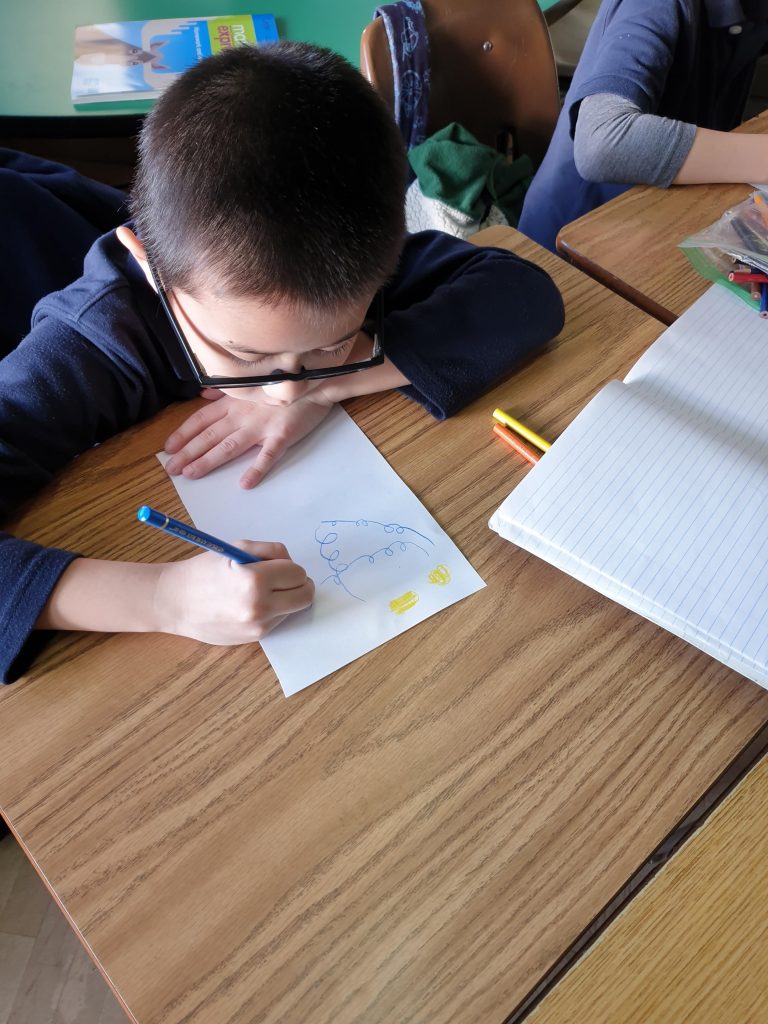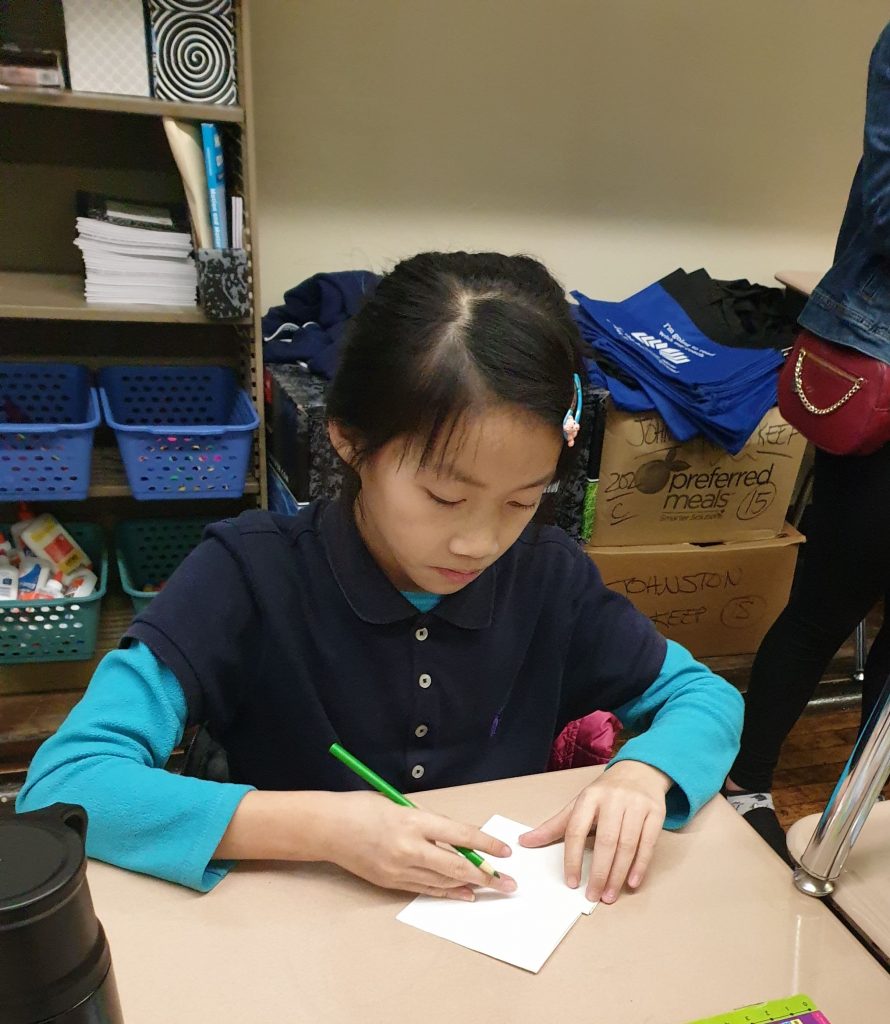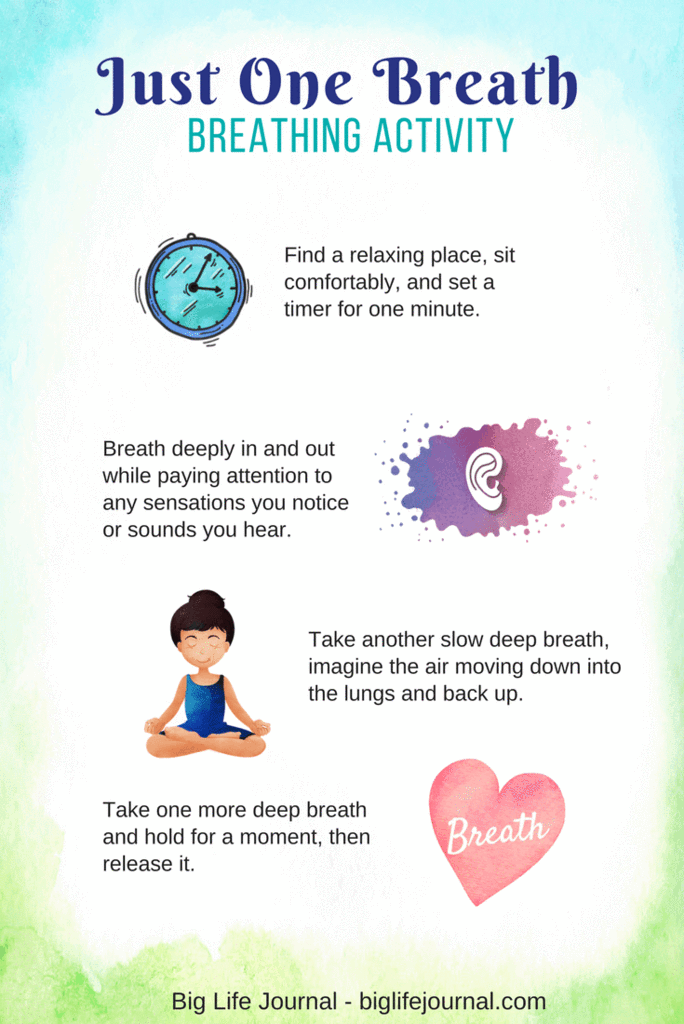Sometimes kids need a little help learning how to take deep breaths. There are a lot of benefits that come from knowing how to properly take deep breaths and slow down, so we want to integrate this into our classroom. By taking deep breaths, we are able to help get more oxygen into our bloodstream by opening up our capillaries. It has a physical effect on our bodies to help calm down and lower stress.

Why Breathing Matters
When we are calm, our bodies are in “rest and digest” mode. This means our breathing is normal, we are relaxed, and our heart rate is average. However, when we encounter stressful situations like an argument, something scary, or frustration, our heart rate goes up, we become tense, and our breathing gets fast and shallow. This means we are in “fight or flight” mode, and we will stay there until the situation or emotion passes. The goal of calming exercises is to get yourself from “flight, fight” mode back to “rest and digest” mode easier and faster.

In the classroom
Along with the physical benefits of deep breathing, it also helps maintain attention, teaches emotional control, and encourages a peaceful mindset. These are all things we want each student to have in order to create a positive classroom environment. To introduce this, we did an art activity mixed with breathing.
Step 1: Gather the students’ attention to front and have them sit in silence for 10 seconds. This allows them to bring their mind back from other conversations or activities
Step 2: Practice breathing in and out together. We asked that they pay attention to us follow our directions. We verbally said “breathe in”…. “now breathe out”, which the students followed through their actions. This not only allowed them to understand the rhythm, but they were also able to do it in unison with their classmates. We did a few times, and then we asked them to imagine their breath as they did this. We repeated this three more times.
Step 3: We handed out blank paper and asked that they continue breathing like earlier, but this time using their creativity to draw their breaths as well. This allowed for each student to focus on their own breath and then use their imagination to visualize it. We asked what colors they would use based on the temperature of their breath. (red, orange, yellow) What shape would it be? Are they using big breaths to make a huge cloud or making a long stream of air? If they weren’t sure what to draw, we reminded them that sometimes we can see our breaths in the cold. What does that look like?
Step 4: We had students volunteer to describe what they drew and why they drew it that way. Some described it on their paper and some gave us details out loud. “My breath is like warm fog” and “it looks like a giant blue cloud” were some of the responses.



What are the effects of deep breathing exercises
We noticed a big difference in this class compared to previous ones where we just asked them to quiet down. After this activity, the students were voluntarily quieter and more attentive. They were also more involved and prepared for the next activity. Breathing exercises, like drawing your own breath, requires that the students focus on one thing. Their brains are tired after a whole day of school, and they need the time to calm down and clear their head. We like being able to give them an opportunity to slow down that they otherwise would not receive. They have to concentrate on their own breath and how it feels. This allows them to unknowingly release the stress and energy onto paper and create a beautiful art work.


